This is Kylie: Our Vintage Koala
Posted on: 14 May 2021 by Leonie Sedman, Curator of Heritage & Collections Care in 2021
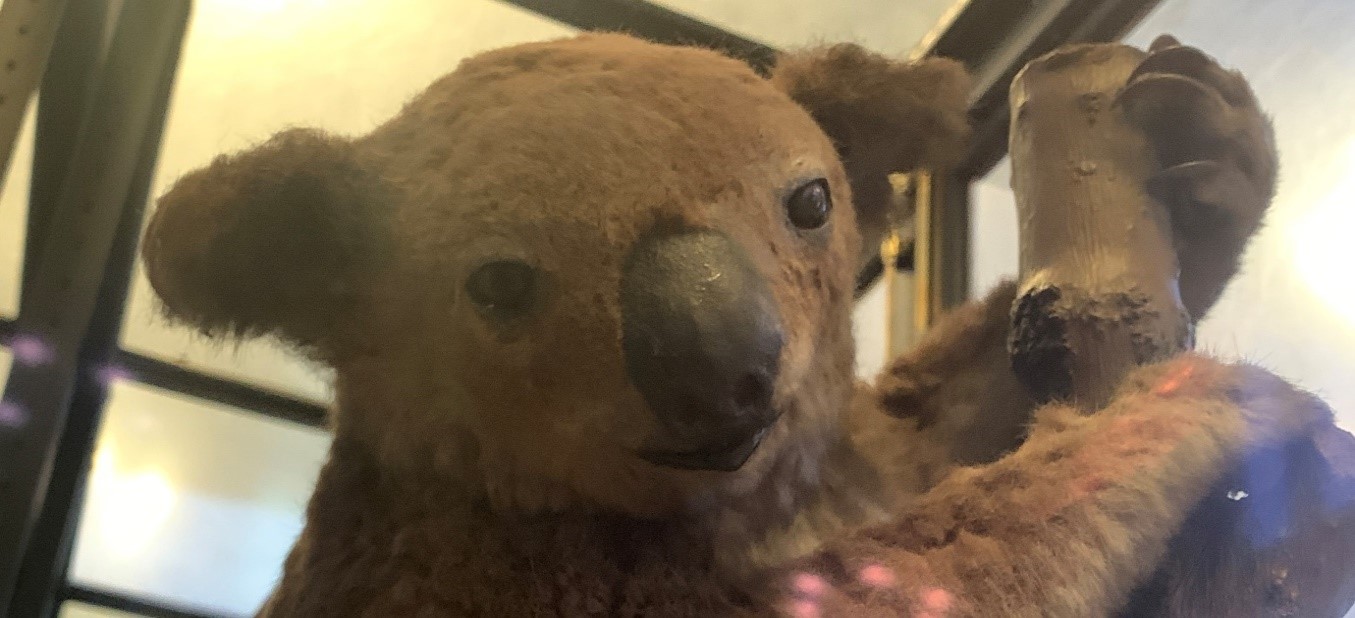
As one of the world’s most recognisable and universally loved animals, you might be surprised to discover just how recently koalas were discovered by western science.
Although fossil evidence shows the presence of koalas in Australia dating back 25 million years, and obviously, they were familiar to the local Aboriginal people, they were completely unknown to European scientists until 1803.
You might have noticed that Kylie doesn’t look quite the same as photographs we see of koalas in the wild. This is because the person who prepared the taxidermy had probably never seen a live koala and had to base their work on artworks such as this watercolour below, by John Lewin, 1803 (Mitchell Library ML896 Sydney). The taxidermist will have received a prepared skin to work on – not the whole animal, so making the result as lifelike as possible will have been a challenge.
You might have noticed that Kylie doesn’t look quite the same as photographs we see of koalas in the wild. This is because the person who prepared the taxidermy had probably never seen a live koala and had to base their work on artworks such as this watercolour below, by John Lewin, 1803 (Mitchell Library ML896 Sydney). The taxidermist will have received a prepared skin to work on – not the whole animal, so making the result as lifelike as possible will have been a challenge.
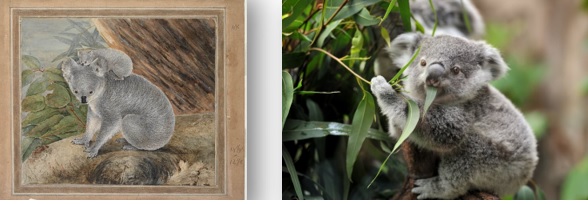
Comparison between 1803 watercolour and 21st century photograph
This picture of Kylie’s original label shows the use of the outdated term ‘kangaroo bear’.
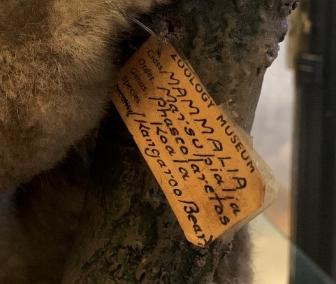
Close-up of Kylie’s label
The University of Liverpool Zoology Museum label attached to Kylie’s foot, tells us that she belongs to the original museum collection established in 1901 by Professors William Herdman and Andrew Melville Paterson in the Derby Building of Anatomy and Zoology at the University of Liverpool.
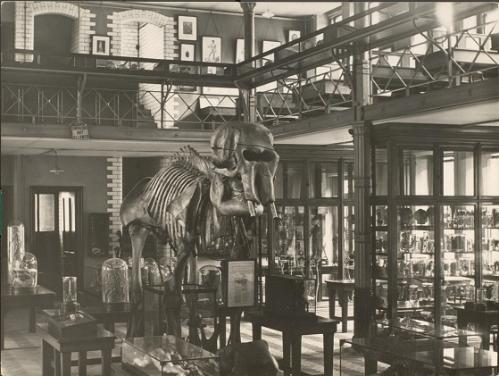
The Derby Building Museum of Anatomy and Zoology at the University of Liverpool.
Initially the two professors used their personal collections to form the basis of the museum, but later many specimens were purchased from commercial companies specialising in the supply of specimens for museums and academic departments. Of course, many of these animals are now endangered and/or protected, and such trade is (rightly) considered abhorrent, but it is important to remember that ideas have changed a lot since the early 1900s, and preserved specimens were the only way that students and scientists could study animals from the other side of the world.
Like the British Museum, among many others, a number of our specimens (including Kylie) have an early 20th Century label of the company Edward Gerrard and Sons under their base.
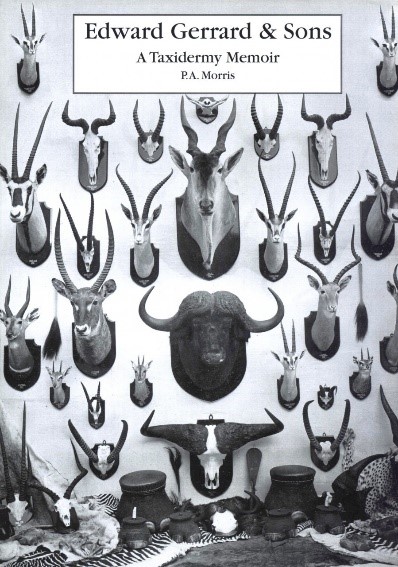
Edward Gerrard & Sons, A Taxidermy Memoir, by Pat Morris
Even more shocking to many of us will be this little chap below. How many children of the 1960s and 1970s will remember cuddling one of these? Little did we know that many of them were made of real fur!
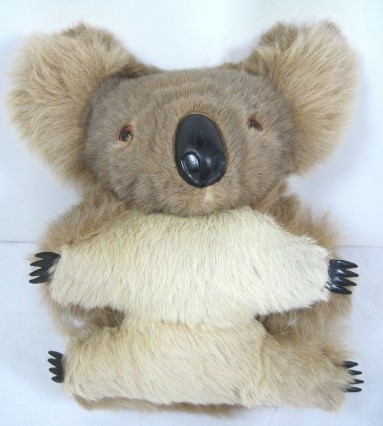
1960s koala toy made with real fur
Since the horrific Australian bush fires of 2019 and 2020, which destroyed an area similar to the size of England, the plight of the koala population has made worldwide news. The World Wildlife Fund for Nature (WWF) called the fires one of the ‘worst wildlife disasters in modern history’.
Of course, Australia is the only place in the world where koalas can be found living in the wild, so this is a critical time for the preservation of their species. An Australian government report in June 2020 warned that loss of habitat and further fires could have the potential to make koalas extinct in the wild by 2050.
The Australian Government has already started taking steps to help the koala population recover, but it will take a long time to repair the damage to their population and their habitat – the eucalyptus trees that they exclusively live in and feed upon.
Of course, Australia is the only place in the world where koalas can be found living in the wild, so this is a critical time for the preservation of their species. An Australian government report in June 2020 warned that loss of habitat and further fires could have the potential to make koalas extinct in the wild by 2050.
The Australian Government has already started taking steps to help the koala population recover, but it will take a long time to repair the damage to their population and their habitat – the eucalyptus trees that they exclusively live in and feed upon.
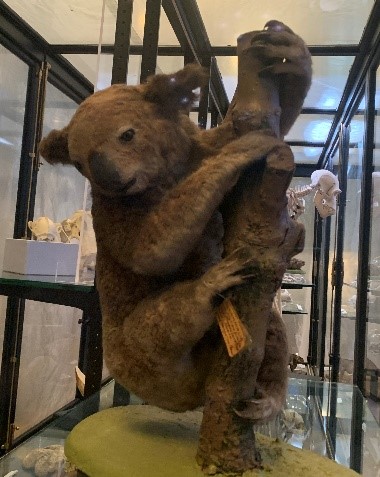
Kylie in the Tate Hall Museum, VG&M
Further Information
The scientific Discovery of the Koala:
Professor Andrew Melville Paterson: https://livesonline.rcseng.ac.uk/client/en_GB/lives/search/detailnonmodal/ent:$002f$002fSD_ASSET$002f0$002fSD_ASSET:375092/one?qu=%22rcs%3A+E002909%22&rt=false%7C%7C%7CIDENTIFIER%7C%7C%7CResource+Identifier
Professor William Abbot Herdman: https://www.britannica.com/biography/William-Abbott-Herdman
Edward Gerrard and Sons: https://www.britishmuseum.org/collection/term/BIOG123644
Further information on koala protection:
Keywords: Koala, William Herdman, Andrew Melville Paterson, Edward Gerrard and Sons, Australia, World Wildlife Fund, Museum.